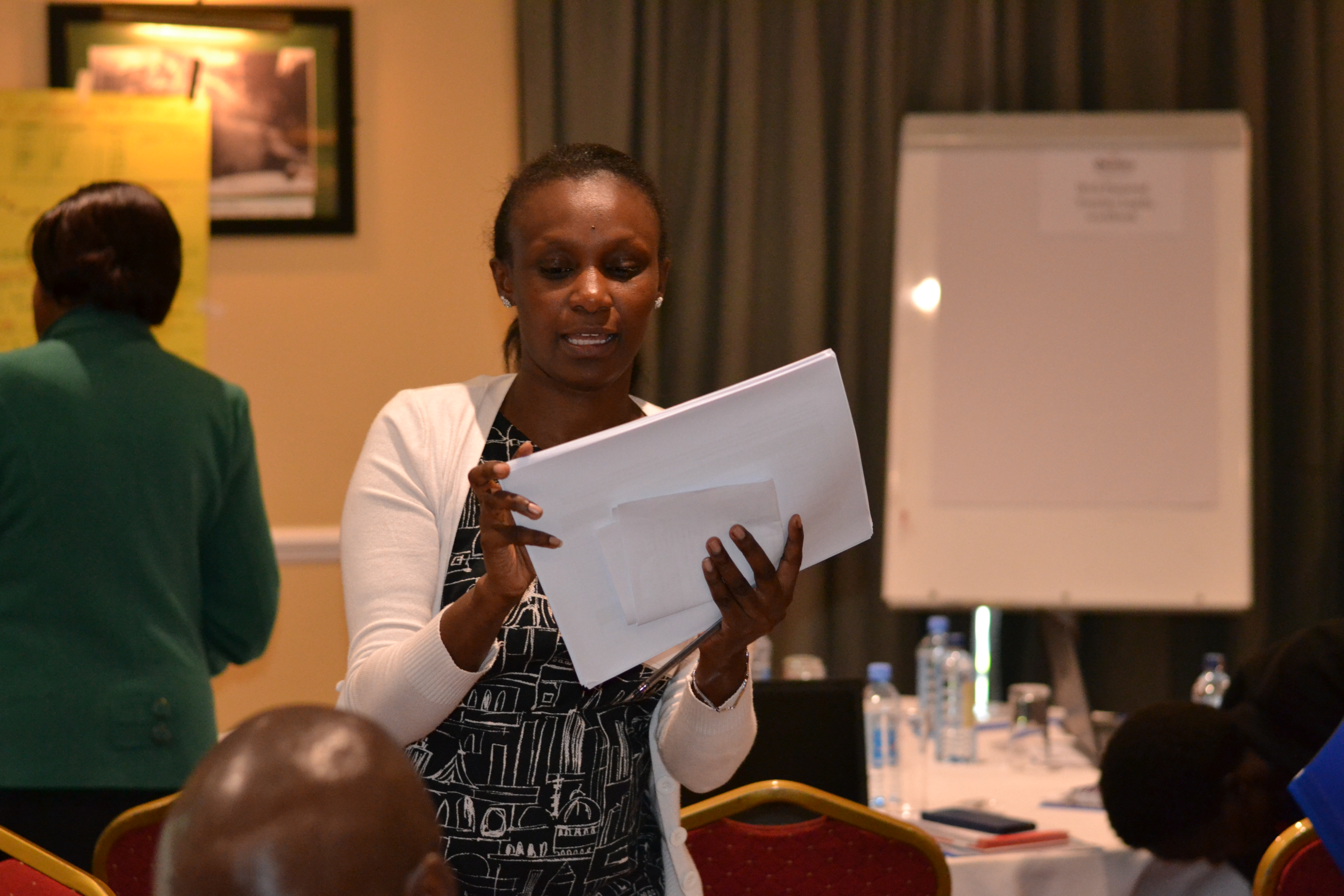LQAS for community health

LQAS is a household survey method that is commonly used for baseline and follow-up assessments to assess the coverage of services provided especially where resources are limited. We studied the coverage of MNCH services at community level in three sub-counties (Nyatike, Kuria West and Suna West) in Migori County. We compared this with three non-USAID SQALE sub-counties (Suna East, Kuria East and Uriri). We presented on this research in a session at our 2019 Learning Event.
To conduct the LQAS survey we subdivided the sub-county into smaller areas of service delivery each called a Supervision Area (SA). This meant we could randomly select households giving each household an equal chance of being selected across each SA. We divided Migori County into six SAs. In each of the SAs we interviewed 24 mothers/care-givers for each of the sub-groups described below:
- Mothers/care-givers of children aged 0-5 months
- Mothers/care-givers of children aged 12-23 months
- Mothers/care-givers of children aged 6-59 months
A total of 1293 mother-child pairs took part in the survey; 645 pairs in the intervention sub-counties and 648 pairs in the control sub counties. We collected data in two phases; baseline (Feb- March 2018) and end line (Jan to Feb 2019) in nine intervention CHUs and nine control CHUs.
We found that there were improvements in the MNCH indicators in the study from baseline to end line in both the intervention and control sub-counties with little differences between the two groups.
Feedback from participants
Participants suggested that findings that show a discrepancy between the LQAS and DHIS data may be due to the USAID SQALE intervention, because the DQA may have prompted better reporting in terms of ANC visits. Alternatively, if could show that the CHVs are targeting certain mothers, in the places where there are pregnant women and newborns rather than visiting other households. It could also be that they are avoiding certain households, for example religious households who are very resistant to health advice.
In terms of the sampling participants felt there may not be such a clear-cut distinction between intervention and control sites as non-USAID SQALE CHUs have sometimes taken up the QI approach. Furthermore, Afya is working in the control site and that may have affected the picture.
Participants argued that at the baseline most community members had not been sensitized regarding ANC but after the CHV visit they are more prone to go for ANC even before they are referred. This in itself could be a sign of improved quality.